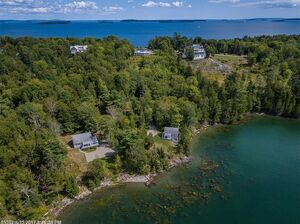The population density of a given area is a way of showing how crowded that place is. It is calculated by dividing the population by the area. For example, Haiti has a 2018 population of 11,078,085, and an area of 27,750 square kilometres (10,714 square miles), so its population density is about 399.2 persons per square kilometer (or 1,034 persons per square mile).
A number of factors can affect population density. For example, the climate. Mountainous areas have very low population densities because it is very difficult to get there, so not many people want to live there.
Many cities were built near water, because the first settlers wanted somewhere close to water to start a society, so you could say areas around water usually have a high population density.
Some places, such as cities, have very high population densities, so they are quite crowded. The population density of Port-au-Prince is 27,395 persons per square kilometer (70,552 persons per square mile). Other places, such as large countries, can have very low population densities. The population density of Canada is only 4 persons per square kilometer (10 persons per square mile) because it is such a big country.
Area is the amount of space a two dimensional (flat) surface takes up.
A square kilometer (sometimes written km²); (in the US, a square mile (mi² )) is a unit of measurement of area. It is the area inside a square that has each side equal to 1 kilometer (1000 meters) (or 1 mile / 5,280 ft). This way of talking about area is often used to say how much land there is, on a farm or in a city, for example.


